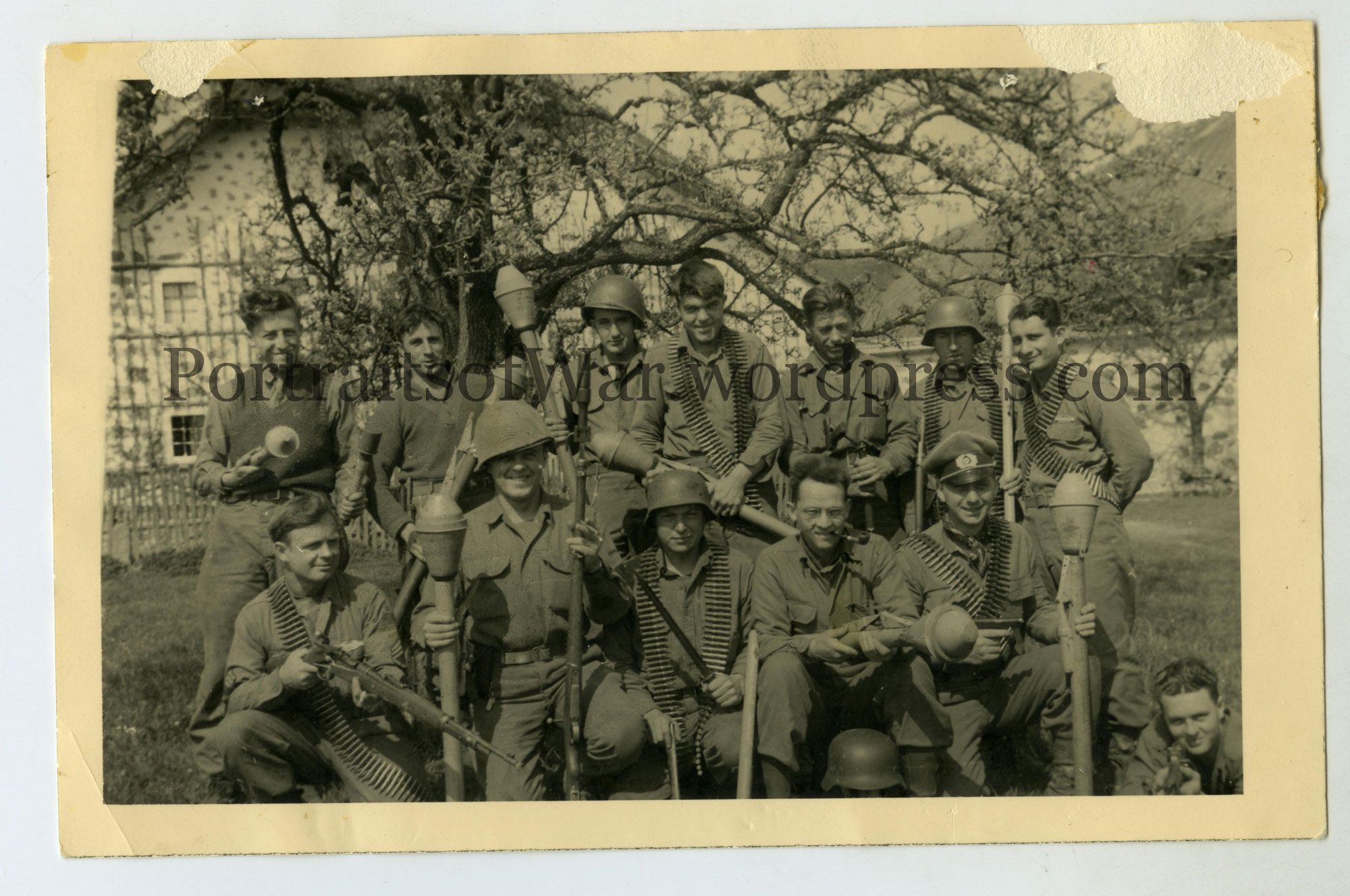

By July 8, 1942, the whole of the Italian Army had on hand fifty-four tanks and forty anti-tank guns, out of an authorized strength of 430 tanks and 120 anti-tank guns. Ariete Division was most severly mauled, losing almost all its guns. XX Corps was utterly destroyed by the 2nd New Zealand Division supported by British tanks. At the First Battle of El Alamein, XX Corps lead the attack on the Ruwisat Ridge on July 3, 1942, because Afrika Korps had only twenty-six panzers left after three days of battle. While the main body of the Italian Army was plagued by corrupt officers, anti-fascist elements, and low morale, the XX Corps was well regarded by Rommel, and despite being armed with increasingly outdated equipment, performed well during Rommel's offensive in early 1942, moving with the panzers through Libya into Egypt. XX Corps, consisting of the Ariete and Littorio Armored Divisions and the Trieste Motorized Division, (formerly the Corpo d'Armata di Manovra) was the Italian counterpart to Rommel's Afrika Korps. He joined the Bundeswehr in 1956, retiring in 1974.īook "The combat history of the 23rd Panzer Division in World War II " (page 28) by Ernst RebentischĪ Fiat-Ansaldo M13/40 of XX Armored Corps. He was captured by American troops in 1945. He received Ritterkreuz des Eisernen Kreuzes in 2 September 1944 as Hauptmann and Kommandeur of schwere Panzer-Abteilung 509/17.Armee /Heeresgruppe Nordukraine (the recommendation Submitted on August 21st 1944, preliminary document and decoration on September 7th 1944 to AOK 17). Hans-Jürgen Burmester (11 June 1916 - 22 September 1998) would be a highly successful panzer ace and commander. Regiment was renamed as Panzer-Regiment 23 on 16 August 1943. Abteilung converted to Panthers in April 1943. Abteilung formed on 2 February 1942 and then disbanded on 5 March 1943. Converted from French to German tanks on 23 December 1941. schwere-Kompanie formed on 1 April 1941 and then transferred to Panzer-Abteilung (F) 102 on 4 June 1941. Abteilung reformed from renamed Panzer-Abteilung 301 on 22 March 1941. and 6.Kompanie, renamed Panzer-Abteilung 211 on 7 March 1941.


The regiment was assigned to Panzer-Brigade 100 on 1 March 1941. Panzer-Regiment 201 formed on 16 December 1940 with two Abteilung (detachment), each with three Beute-Panzerkompanie. Pictured from left to right: Unteroffizier Schuh, Oberfunkmeister Schündel, Unteroffizier Meyer, Oberst Heinz-Joachim Werner-Ehrenfeucht (Regimentskommandeur), and Oberleutnant Hans-Jürgen Burmester (the regiment signals officer and the commander of the headquarters company). The panzer with turmnummer (turret number) "R01" is the Regiment commanders tank. Panzer-Regiment 201 receives its first German tanks, a Panzerbefehlswagen III. Recently, a volume of Zucca’s controversial wartime pictures of Paris was published in Franceīook "Les Parisiens sous l’Occupation: Photographies en couleurs d’André Zucca" by Jean Baronnet After the liberation he was arrested but never prosecuted, and spent the remainder of his career as a wedding and portrait photographer in a small town west of Paris. And the one with the glossiest pictures, in fine German Agfacolor, happened to be 'Signal', the German propaganda magazine!” Born in Paris in 1897, Zucca worked for both French and foreign publications in the 1930s, and covered the Russian–Finnish War in the winter of 1939–1940 for Paris-Soir, before becoming a photographer for 'Signal' from 1941 to 1944. Zucca simply wanted to continue his pre-war life, publishing pictures in the best glossy magazines. “The French photographer André Zucca was not a Nazi,” Ian Buruma writes in his recent article on 'Paris during the German occupation', “but he felt no particular hostility to Germany either…. In the trenches there were manyīottles of champagne and wines from France, greeting cards with attached Soldiers who fought here have told how they dragged these, after aīreakthrough in the river Mius of dirt from the wild-eyed. Were in the steppes of Azov, in the trenches filled with dirt and lice.Īfter many days of artillery attack, many of them are mad. The warmth and French women, sparkling wines and brave marches they Please note the German precise in this pic: The front row looks like stair-steps, and when you look at the later rows, it appears that they are organized by size from left to right as well! In 1943 these brave men were sent to Russia to the Southern Front. A column of German occupation troops paraded in the streets of Paris after change of the guard ceremony.


 0 kommentar(er)
0 kommentar(er)
